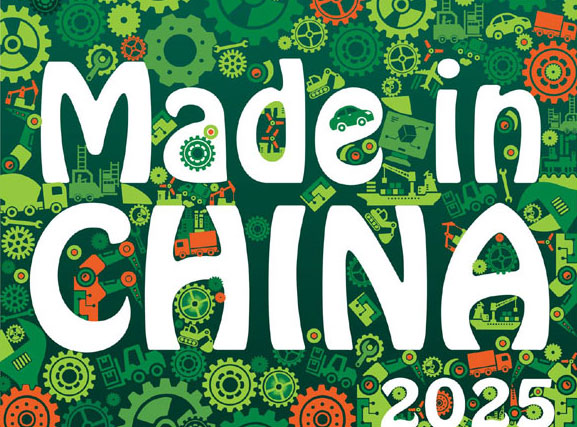Engineer has high-voltage solution for world's power needs
Updated: 2015-09-15 10:51
By HEZI JIANG in New York(China Daily USA)
|
|||||||||||
Liu Zhengya is looking forward to the day when the world will no longer fight for fossil fuels and all cities are free of smog.
"This is not fiction.This is not imagination," said Liu, a senior engineer and the chairman of the State Grid Corporation of China and China Electricity Council.
Liu spoke at a seminar and book launch titled From Internet to Interconnection-Global Energy Interconnection, on Monday at the Union League Club in New York.
Liu's book, also called Global Energy Interconnection, details China's success with ultra high voltage (UHV), based on his years of research and even visits to the North Pole.
Some 100 guests from the political, scientific and business communities attended the event, including some from the United Nations.
To solving the dilemma of fossil fuels, Liu emphasized two alternatives: replace fossil fuels with clean energy like renewable solar and wind power, and replace direction consumption of fossil fuels like coal and oil with electricity.
However, the global clean energy resources are distributed unevenly, with wind power concentrated in the North Pole, mid- and north Asia, Northern Europe, mid-North America, East Africa and coastal areas of every continent. Solar power is distributed near the equator.
"Considering the uneven distribution of clean energy and the transient and volatile feature of wind and solar power generation, an energy platform centered on electric power with the capacity for global allocation must be developed," Liu said.
Global energy interconnection refers to the development of an interconnected, ubiquitous, robust, smart grid, supported by UHV, with a transmission distance of more than 3,000 miles and dedicated primarily to the transmission of clean energy. Similar to the Internet, the global energy interconnection will connect the world, Liu said.
China's UHV mission technology has developed rapidly in recent years, including the construction of nine projects that bring wind and solar power from the northwest and hydropower from the southwest to load centers in the country's eastern coastal areas. Liu said the coming decades are critical to building such a system from countrywide to intra-continental and finally intercontinental. On his visionary map, China and the United States are connected by a transmission channel.
"It has to happen. It must happen," said Georg Kell, founder and senior policy adviser of the UN Global Compact.
He thanked Liu for offering an alternative to global warming and letting the world know that there are solutions.
Related Stories
China key player in global energy plan 2015-09-13 17:15
China new energy vehicle output surges in August 2015-09-10 14:27
Australian vitamins get 'energy boost' 2015-09-10 11:27
US companies eye service, energy and high-tech sectors 2015-09-08 10:56
Today's Top News
Border-free Europe unravels in migrant crisis
Refugee crisis: Germany re-imposes border controls
Australia gets new PM as Abbott loses out to rival Turnbull
Egyptian security forces shoot at Mexican tourist convoy, kill 12
Thousands flee California wildfire as homes go up in flames
Slow growth may spur more support
British MPs reject assisted dying bill
Chinese nuclear plant may be built in UK sooner than planned
Hot Topics
Lunar probe , China growth forecasts, Emission rules get tougher, China seen through 'colored lens', International board,
Editor's Picks

|

|

|

|

|

|






